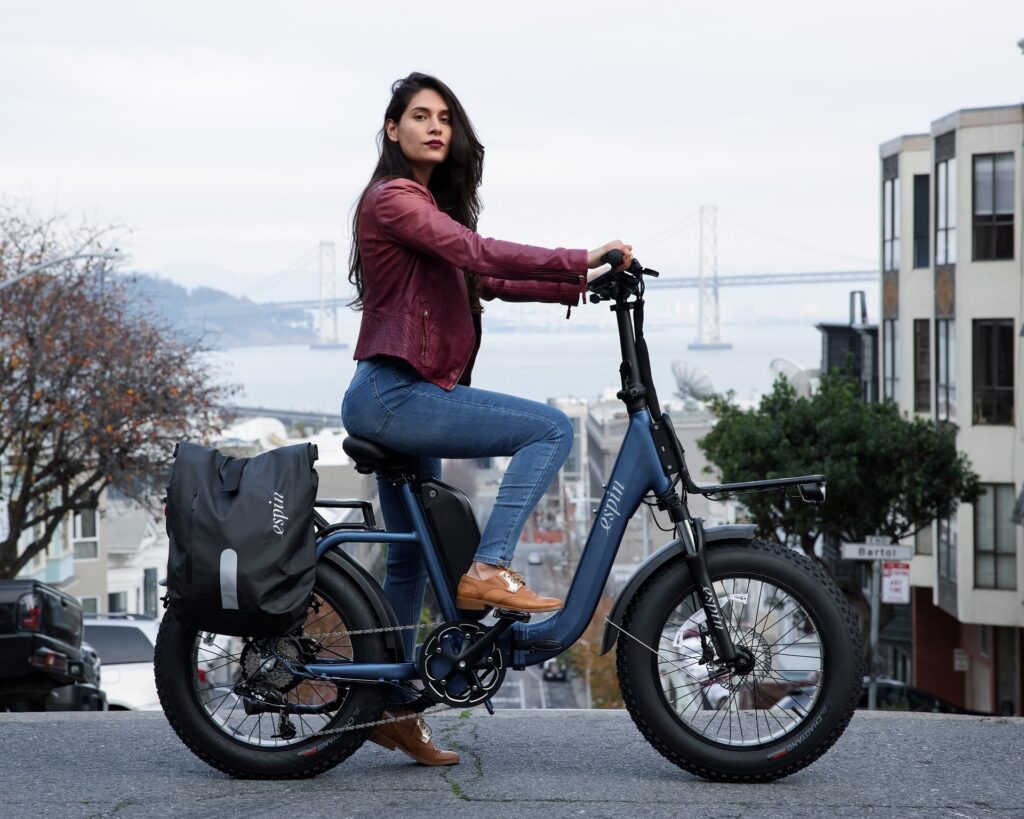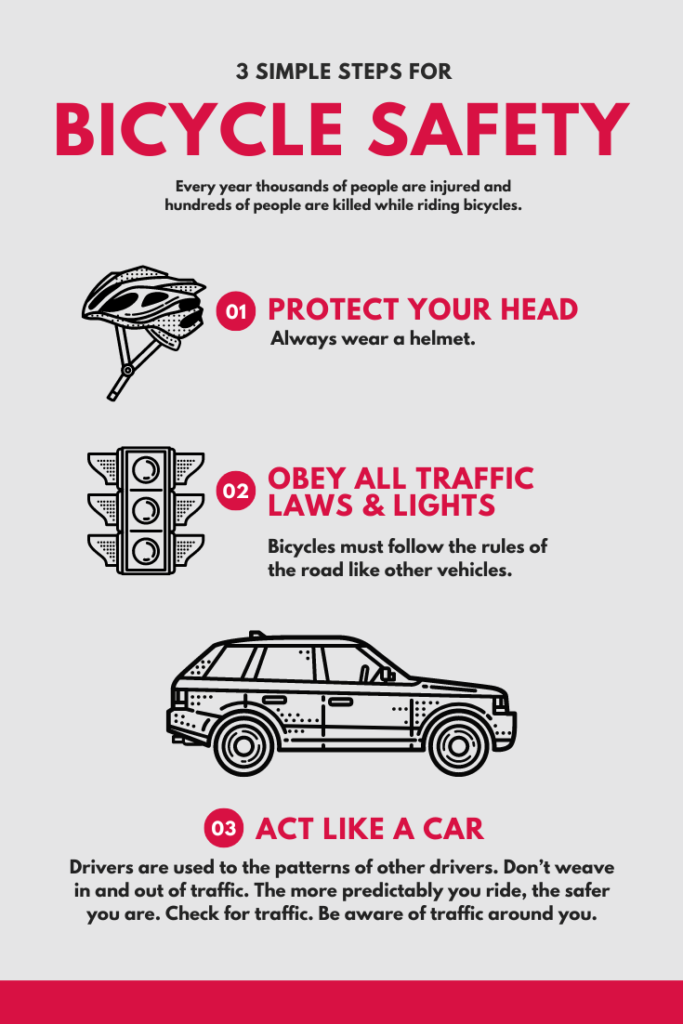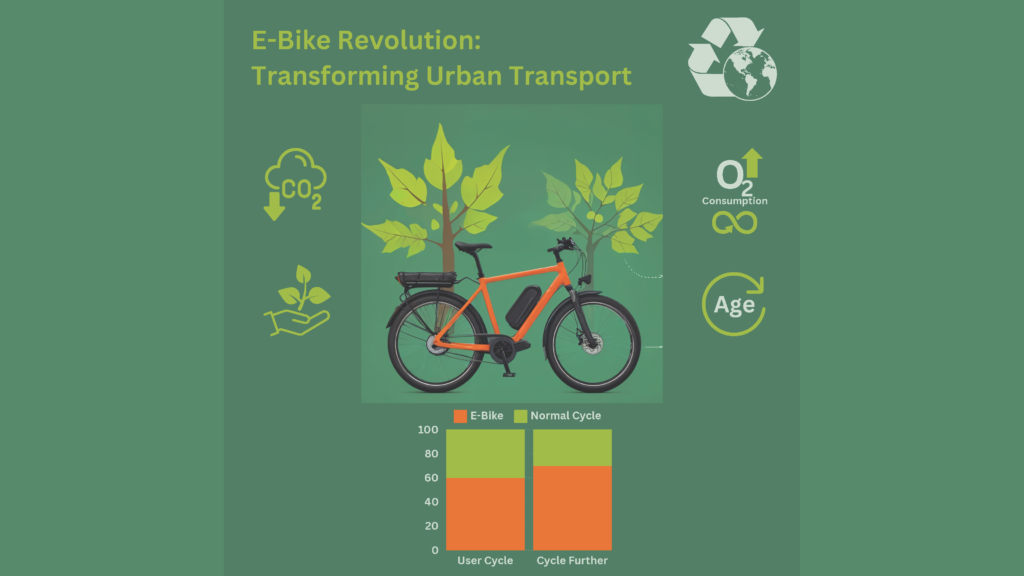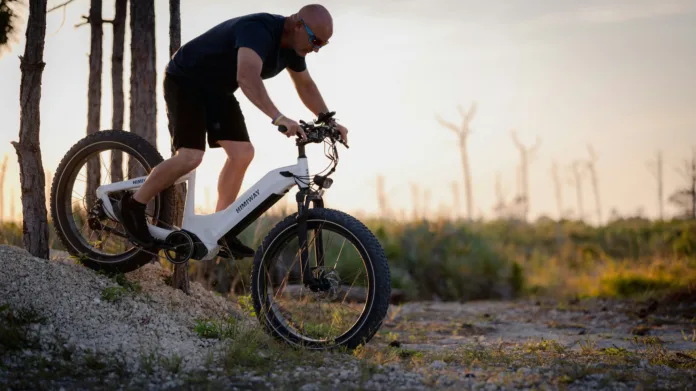
In the cacophony of urban transportation solutions, from self-driving cars to hyperloops, there’s a quiet revolution happening on two wheels. E-bikes, once dismissed as a novelty, are rapidly becoming the unsung heroes of modern commuting. As someone who’s been covering urban mobility trends for over a decade, I can confidently say: that the e-bike boom is not just a fad—it’s the future.
E-Bikes: The Urban Commute Revolution

Picture this: It’s 8:30 AM, and while cars are crawling bumper-to-bumper, e-bike riders are breezing by with a smile, arriving at work fresh and energized. This isn’t a utopian fantasy; it’s becoming a daily reality in cities worldwide.
The beauty of e-bikes lies in their simplicity. They take the best of traditional bicycles—eco-friendliness, health benefits, and ease of parking—and supercharge them with electric assistance. The result? A transportation option that’s accessible to people of all ages and fitness levels.
But let’s talk numbers. Studies show that e-bike users cycle 40% more often and 50% further than traditional cyclists. That’s not just impressive; it’s game-changing. It means fewer cars on the road, less congestion, and significantly reduced carbon emissions.
The environmental impact cannot be overstated. A recent study by the University of Oxford found that if just 10% of urban commuters switched to e-bikes, carbon emissions from transport could be cut by up to 7%. In a world grappling with climate change, e-bikes offer a tangible, immediate solution.
But the benefits go beyond the environment. E-bikes are democratizing cycling, making it accessible to those who might have found traditional bikes challenging. From seniors rediscovering their independence to parents easily transporting children, e-bikes are breaking down barriers.

Cities are taking notice. From Paris to New York, urban planners are reimagining cityscapes with e-bikes in mind. Dedicated lanes, secure parking, and charging stations are becoming common sights. It’s a shift that’s making our cities more livable, one pedal stroke at a time.
The economic benefits are equally compelling. E-bikes are significantly cheaper to buy and maintain than cars, and they’re immune to the volatility of gas prices. For many, they’re not just a commuting option—they’re a path to financial freedom.

Here’s a shortened version:
“E-bikes face challenges: outdated infrastructure, narrow lanes, limited parking, and few charging stations. Safety education is crucial as e-bikes become more common. Despite these hurdles, e-bike momentum is growing. Improving battery technology and falling prices are making e-bikes more practical and accessible.
The future of urban mobility isn’t about radical inventions, but enhancing existing tech. E-bikes exemplify this, combining traditional cycling’s simplicity with modern electric power. The result is an eco-friendly, fast, and convenient transport mode suited for urban life.

E-bikes are more than personal transport; they’re catalysts for sustainable, efficient cities. By easing congestion, cutting emissions, and promoting health, they boost urban well-being. These two-wheelers offer convenient, affordable travel while tackling broader issues like pollution and public health.
Next time you’re stuck in traffic, watch e-bikes glide by. These aren’t just savvy commuters; they’re pioneers of a transport revolution. Each e-bike represents evolving urban mobility, quietly reshaping our cities. With every ride, they’re building a cleaner, more connected future—unsung heroes pedaling us towards smarter, sustainable communities, one electric journey at a time.
Read more about sustainable energy on Wikipedia.


